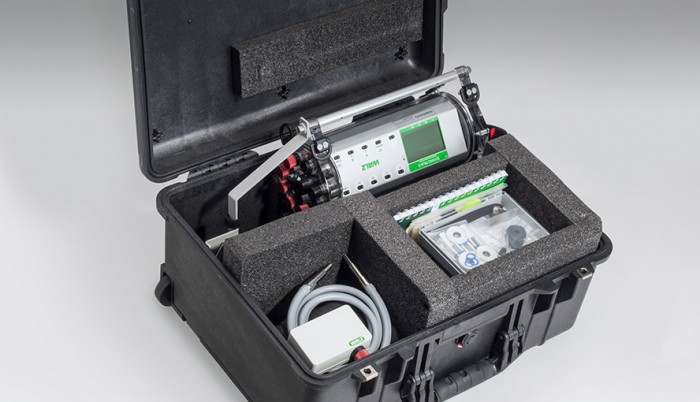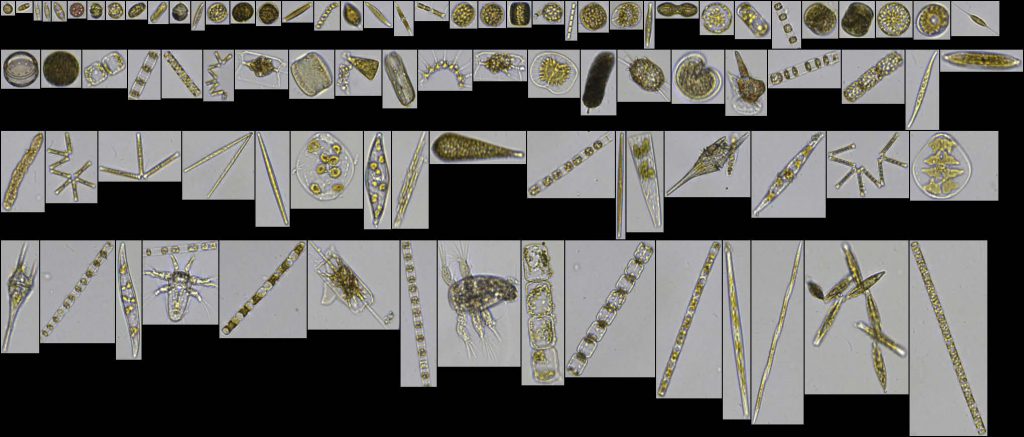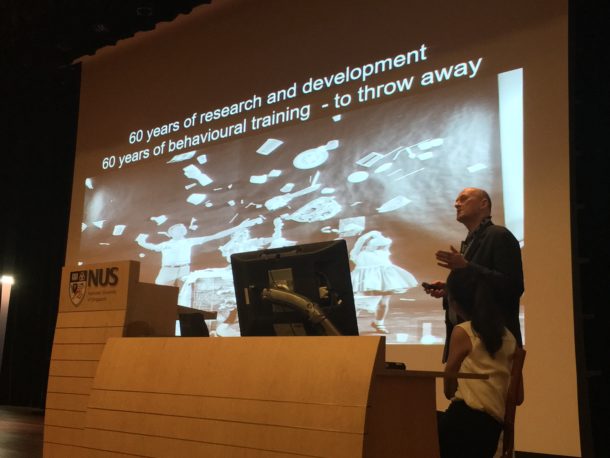[Seminar] Perspectives from the Canadian Environmental Microplastics Facility
Microplastics (<5mm) have been found in nearly all environments on earth and studies have been documented plastic ingestion by a wide range of marine biota. Rhiannon will be covering several topics surrounding this emerging environmental contaminant including sources, fate and effects of microplastics and what Ocean Wise is doing to research this environmental contaminant.
[Seminar] Perspectives from the Canadian Environmental Microplastics Facility Read More »





